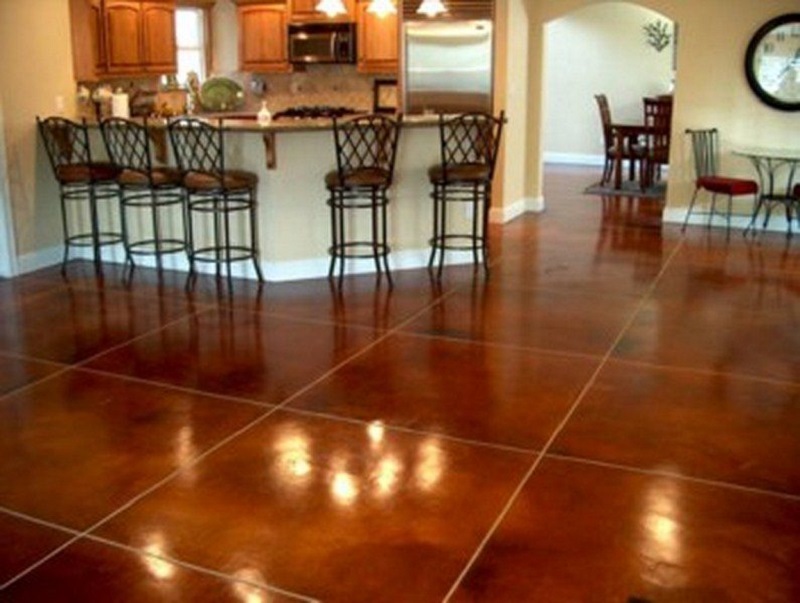We are taking measures to keep our employees and the public safe as we work. We’re taking actions such as cleaning and disinfecting surfaces that we touch frequently and daily. This includes tables, doorknobs, light switches, counter-tops, handles, desks, phones, keyboards, toilets, faucets, sinks and most especially our tools and products.
Our employees are washing their hands often with soap and water for at least 20 seconds especially after they have been in a public place. If soap and water are not readily available we are using a hand sanitizer.
As always you can contact myself, Josh McCaslin, small business owner of Elite Epoxy Floors with any questions or concerns at 816-729-7143.
Thank you everyone! We’ll all get through this together!
Stained concrete appeals to many people who want to achieve unique decorative effects for a reasonable cost. Concrete stain does more than simply add color. Rather than produce a solid, opaque effect like paint or colored coatings, stains permeate the concrete to infuse it with rich, deep, translucent tones.

One of the common questions that we get at Elite Epoxy Floors is “Can you stain old concrete?” People are often concerned about whether the age of the concrete prevents it from being acid stained and if they need to turn to using acrylics to “stain” their old concrete. The answer is: yes, you can acid stain old concrete. The process for acid staining old concrete is not all that different from staining new concrete with a few exceptions.
Both acid and water-based stains can be applied to new or old and plain or integrally colored concrete. They can also be used both indoors and out, on everything from concrete floors and kitchen countertops to pool decks and driveways.
Acid-based concrete stains are made up of inorganic metallic salts dissolved in an acid and water solution. They penetrate into the surface and react chemically with the concrete to form a permanent bond. The color they impart is translucent rather than opaque, resulting in deep, rich tones and attractive marbling effects.
Non-reactive water-based stains (typically a blend of acrylic polymers and pigments) fill the pores of the concrete surface to produce a colored film or coating, ranging from translucent to opaque depending on the product. The key difference is that no chemical reaction takes place, so the color is more consistent. Most of these products are also low in VOCs (volatile organic compounds) and safer to apply because they are free of solvents and acids.
Although concrete stain is permanent and won’t flake off like paint, it penetrates only the top layer of the concrete surface and will eventually wear away as the surface is worn by traffic or weather exposure. To prolong stain life, you should protect exterior stained concrete surfaces with a clear sealer and interior floors with a good floor wax. To keep your stained concrete looking its best, you will also need to clean it periodically by dry dust mopping and occasional wet mopping with a neutral-pH cleaner.
For information about stained concrete, call Elite Epoxy Floors at (816) 729-7143. To request a quote, click here.
